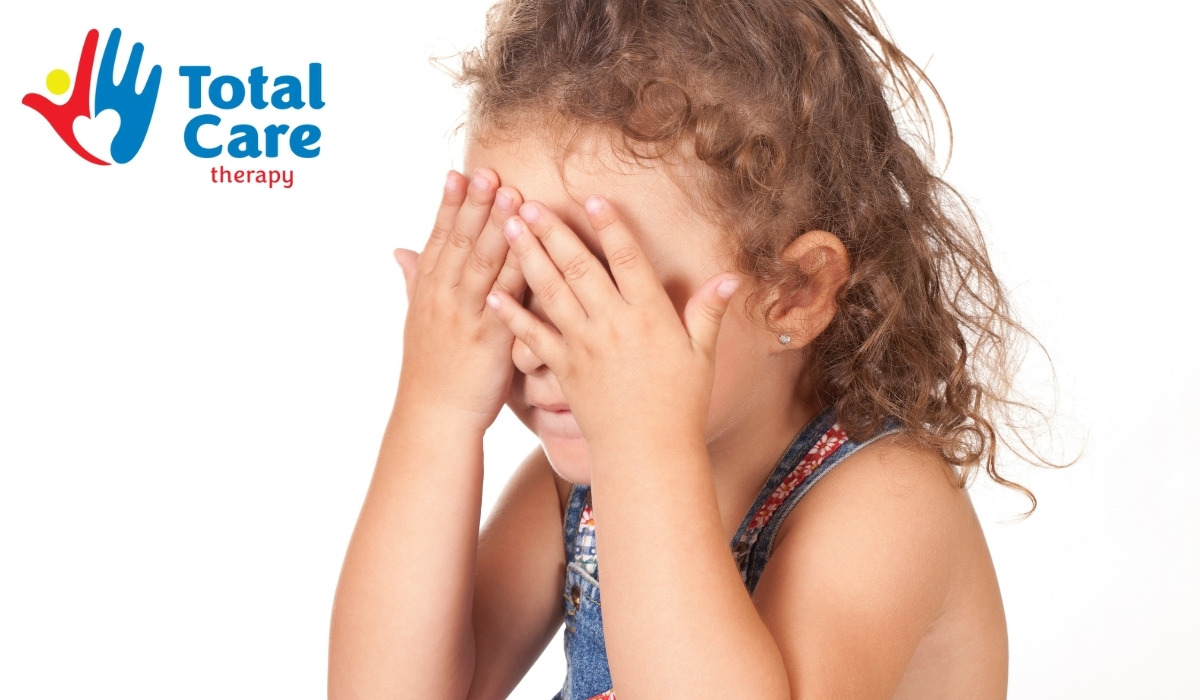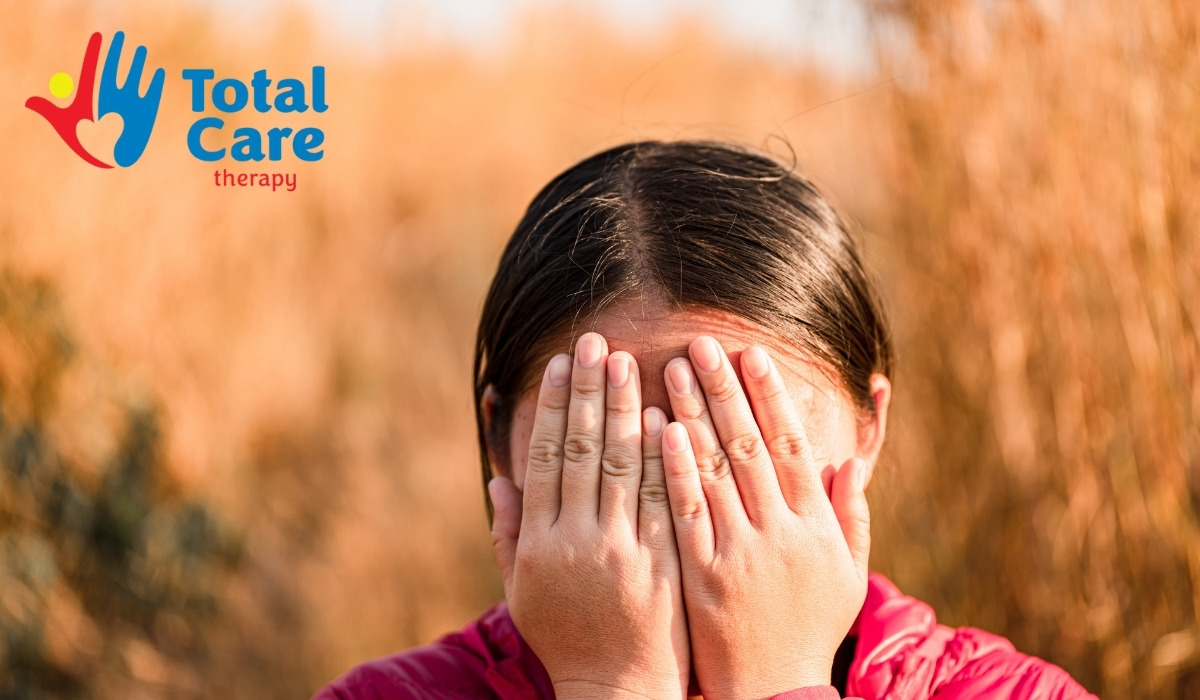Light Sensitivity and Autism: 7 Home Hacks That Help
Light sensitivity and autism can make daily life harder—learn 7 simple home hacks to reduce discomfort and create a more soothing environment.
Light Sensitivity and Autism: 7 Home Hacks That Help
Key Points:
- Light sensitivity is a common but often overlooked sensory issue in autism.
- Simple home adjustments—like changing bulbs or using window films—can make a big difference.
- ABA therapy can help children develop coping strategies for sensory regulation.
Many parents of autistic children find themselves dimming the lights at home, unsure if their child is being “picky” or truly overwhelmed. The truth? Light sensitivity and autism often go hand in hand.
Also known as photophobia or sensory defensiveness, light sensitivity in autistic individuals isn’t just a preference—it’s a neurological response. Bright overhead lights, flickering fluorescents, or even natural sunlight can trigger discomfort, meltdowns, or fatigue.
Fortunately, there are practical ways to reduce light stress at home. Let’s explore seven simple but effective hacks, backed by behavioral insights and everyday experience.
Switch to Warm, Dimmable Lighting
Before you start buying blackout curtains, take a look at your bulbs.
Autistic children often react strongly to the intensity and color temperature of lighting. Cool, bluish lights (like standard LEDs and fluorescents) tend to be harsh on sensitive eyes. These lights flicker at imperceptible levels that the autistic brain might still register—resulting in headaches, anxiety, or irritability.
What to do:
- Choose warm white (2700K) LED bulbs or incandescent bulbs.
- Invest in dimmable lights to control intensity as needed.
- Avoid CFLs and low-quality LEDs that tend to flicker.
Installing dimmer switches in high-use areas like bedrooms, the kitchen, or the playroom can help regulate stimulation throughout the day—especially during transitions like bedtime.
Use Layered Lighting Instead of Overhead Lights
Ceiling lights are often the worst offenders in homes where light sensitivity and autism are a concern. These lights create glare and shadows, making spaces feel overstimulating or unpredictable.
Here’s how to layer your lighting:
- Use floor lamps, desk lamps, and wall sconces with soft bulbs instead.
- Allow task lighting for specific activities (like reading or crafts).
- Let your child participate in choosing lighting sources for their room—it gives them a sense of control and comfort.
Having multiple light sources allows for better customization of your child’s sensory environment, especially when they need quiet or focused time.
Block or Filter Natural Light Strategically
Sunlight can feel overwhelming to children with light sensitivity and autism, especially during mid-morning or late afternoon when the angle is strongest. That doesn’t mean you need to keep your home in the dark—just filter wisely.
Try these options:
- Install blackout curtains or light-filtering shades in key rooms.
- Use static-cling window films to reduce glare without losing natural light.
- Keep sunglasses or wide-brim hats accessible for outings or bright rooms.
For some children, unpredictable bursts of light—like when clouds move or blinds shift—can lead to overstimulation. Window treatments that maintain steady, diffused lighting can prevent sensory overload.
Create a Low-Light Sensory Safe Space
Every home with an autistic child should have a designated quiet zone—especially for those navigating light sensitivity and autism. This space doesn’t have to be fancy; it just needs to be low-stim and calming.
How to build a sensory-safe zone:
- Choose a corner or room with limited windows or controllable lighting.
- Use battery-operated lamps with soft glows or salt lamps.
- Add soft textures like bean bags, tents, or blackout canopies.
- Incorporate calming visuals—twinkle lights, fiber optic lamps, or lava lamps work well when dimmed.
This zone becomes a vital tool for self-regulation. During sensory overload, your child can retreat to this space to recover peacefully—without the stimulation of loud sounds or bright lights.

Reduce Screen Brightness and Use Blue Light Filters
While screens are often a go-to source of comfort for autistic kids, they can become a sensory minefield when light sensitivity is involved.
Harsh screen brightness, especially in dark rooms, can create eye strain and agitation. The flicker from certain displays may also mimic the effects of overhead lighting.
Helpful tips:
- Set devices to night mode or warm color mode in the settings.
- Install blue light filtering apps or use screen covers.
- Encourage breaks from screens every 20 minutes to reduce visual fatigue.
Tablets and TVs should be placed in rooms with ambient lighting—never total darkness—to reduce the jarring contrast.
Observe and Track Your Child’s Light Triggers
Not all children respond the same way to light, even within the autism spectrum. What bothers one child may not affect another. That's why careful observation is key.
Start a light sensitivity journal to monitor when reactions happen. Look for patterns like:
- Meltdowns in rooms with bright white walls or ceilings
- Irritability after school (especially if their classroom uses fluorescent lighting)
- Refusing to enter certain stores or public restrooms
Limit high-trigger environments and communicate needs to therapists and teachers. Behavior-focused interventions, such as those offered through ABA therapy, can also be aligned with these observations for better outcomes.
Incorporate ABA Techniques for Sensory Regulation
Adjusting the environment helps—but building skills to cope with sensory challenges is what creates long-term improvement. That’s where Applied Behavior Analysis (ABA) therapy becomes crucial.
Children with light sensitivity and autism often benefit from:
- Desensitization programs, where they’re gradually exposed to different lighting types in a structured way
- Communication training, to help them express discomfort early and clearly
- Visual schedules and choice boards, helping them predict when lighting will change (like lights-out or sunlight transitions)
At Total Care ABA, we take a functional approach. Our therapists work directly with families to identify triggers, teach regulation strategies, and implement behavior plans that fit naturally into the home. This reduces both emotional stress and sensory overload over time.

A Final Note: Light Sensitivity Needs More Than Just Dimmer Switches
For many families, light sensitivity and autism show up in subtle ways—eye rubbing, wincing, behavioral shifts after school—but the effects are real. The right lighting adjustments at home can change everything from daily routines to mood stability.
But lighting hacks alone aren’t a full solution. ABA therapy is one of the most effective ways to help children understand and manage their sensory world—especially when challenges go beyond what dimmed bulbs can solve.
If you’re looking for additional support tailored to your child’s unique needs, Total Care ABA offers personalized, in-home ABA therapy in New Mexico, Georgia, Tennessee, Indiana, Arizona, North Carolina, Maine, and Utah. Reach out to learn how we can help your child feel safer, calmer, and more in control—no matter the brightness around them.








